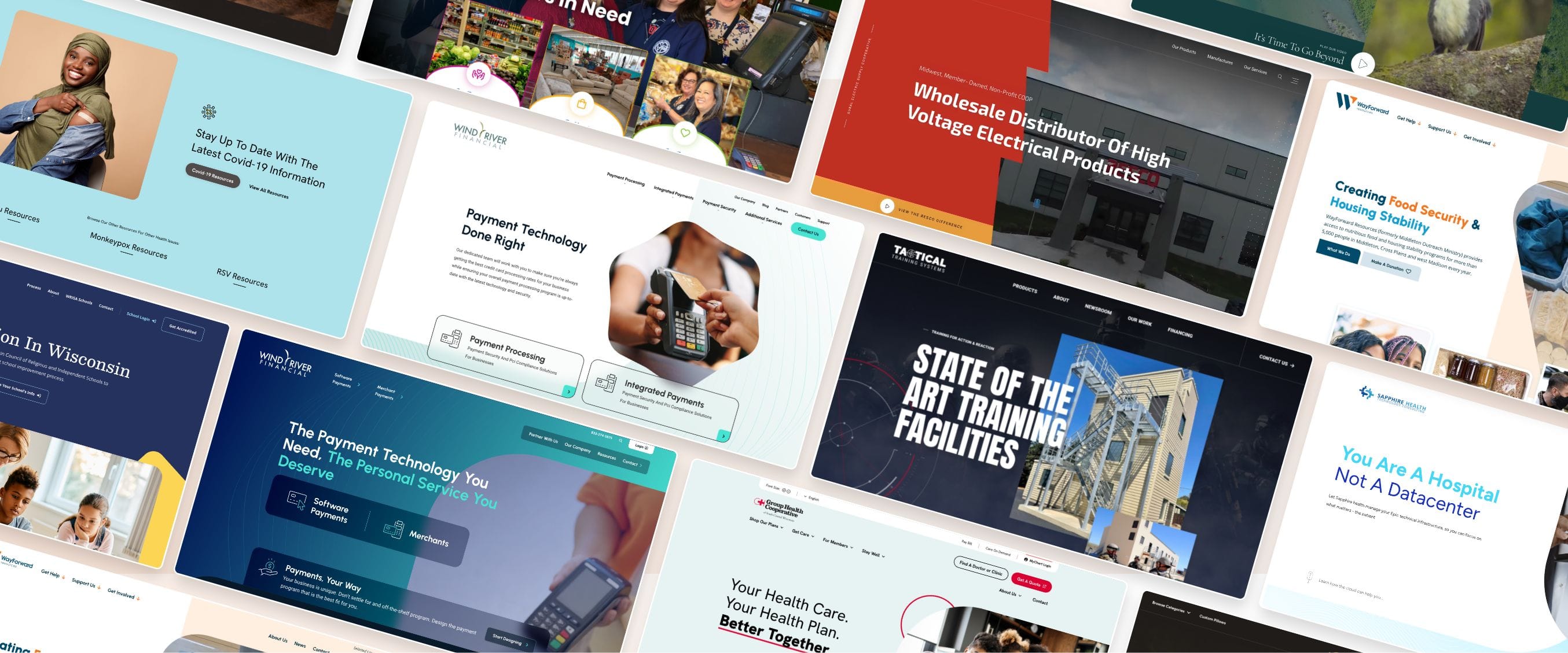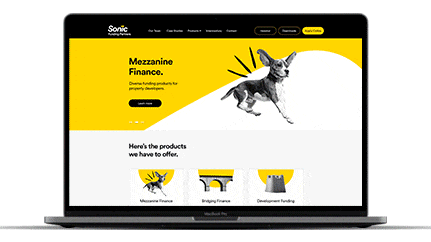Leading Tips for Developing an Impactful Internet Site Style That Transforms
To accomplish this, one should take into consideration a range of elements, including comprehending the target audience, focusing on user experience, and maximizing for mobile platforms. The tactical usage of engaging call-to-actions and a well-defined aesthetic power structure plays an essential function in leading users via their trip.

Understand Your Target Market
Understanding your target audience is basic to effective internet site style, as it prepares for producing an appealing customer experience. Recognizing who your customers are, including their demographics, choices, and actions, makes it possible for designers to customize the website's web content, format, and capability to meet specific needs.
Performing complete market research is critical in this procedure. Surveys, meetings, and analytics can offer valuable understandings right into individual expectations and discomfort factors. By assembling this information, designers can produce customer personalities that stand for various sections of the target market, making certain that layout decisions are educated and pertinent.
Additionally, comprehending the target audience aids in choosing suitable layout aspects such as shade systems, typography, and images that resonate with users. An internet site that speaks straight to its audience promotes a feeling of link and trust fund, motivating longer sees and greater conversion rates.
Inevitably, a user-centered strategy to internet site design not just boosts user satisfaction yet likewise sustains business objectives by driving engagement and commitment. By focusing on the needs and preferences of the target audience, an internet site can successfully serve its function and attain desired outcomes.
Prioritize Individual Experience
To improve the overall efficiency of a website, focusing on user experience (UX) is crucial (Website Design). A properly designed UX ensures that site visitors can browse the site effortlessly, locate information promptly, and involve with content meaningfully. This causes increased user fulfillment and greater conversion rates
Begin by implementing instinctive navigating. Menus ought to be rationally structured, permitting customers to find vital areas of the site with minimal initiative. Consistency in style components, such as shade plans and fonts, fosters knowledge, which is essential for keeping customer engagement.
In addition, consider the filling rate of your website. A delay of just a few seconds can result in significant drop-offs, as users are less most likely to wait on a slow-loading page. Improving pictures and maximizing code can improve efficiency and retain visitors.
By prioritizing user experience, you not only create a much more delightful environment for site visitors yet additionally strengthen your brand's trustworthiness. Eventually, a focus on UX is a financial investment in the long-term success of your internet site.
Maximize for Mobile Gadgets
Enhancing for mobile phones is critical in today's electronic landscape, where an increasing variety of users accessibility internet sites via mobile phones and tablet computers. A mobile-friendly style not only enhances customer experience but likewise plays a significant duty in enhancing online search engine positions. To achieve this, it is vital to adopt a receptive style that automatically adapts to different display sizes and positionings.

Filling speed is another vital element; mobile users are normally less individual and expect rapid access to information. Optimize images and utilize web browser caching to boost efficiency. Examination your website on numerous devices and display resolutions to recognize and correct any kind of prospective use problems. By prioritizing mobile optimization, you ensure that your web site remains affordable and effectively involves a wider target market.
Usage Engaging Call-to-Actions
A web site's performance often rests on its ability to assist visitors toward desired actions, making compelling call-to-actions (CTAs) vital elements of design. CTAs serve as the crucial factors that guide users to involve with the website, whether that means purchasing, signing up for a newsletter, or downloading a resource.
To develop effective CTAs, clarity is paramount. Use succinct language that clearly communicates the action you desire the customer to take. Phrases such as "Start," "Subscribe Free," or "Shop Now" not just share seriousness however additionally get rid of uncertainty. The positioning of CTAs is just as check my reference crucial; they should be purposefully positioned throughout the website to guarantee they are conveniently noticeable, particularly official source in high-traffic locations.
In addition, think about utilizing directional cues, such as arrowheads or photos, to assist individuals towards these switches. By concentrating on these components, businesses can significantly enhance user involvement, driving conversions and inevitably achieving their internet site's objectives.
Concentrate On Visual Pecking Order
Reliable internet site layout relies heavily on a well-structured visual power structure that guides customers via material effortlessly. By arranging aspects in a fashion that focuses on info, designers can improve user experience and help with decision-making. This includes utilizing size, shade, comparison, and spacing purposefully to draw focus to one of the most crucial elements of a page.
Using bigger fonts for headings and subheadings develops a clear difference in between different sections, permitting users to scan content easily. Additionally, employing different shades for buttons and calls-to-action can capture user focus and encourage interaction. Whitespace is another important component; it avoids mess and enables users to concentrate on crucial messages without interruptions.
Pictures and graphics should match the message while also sticking to the well-known hierarchy, reinforcing the general message (Website Design). Uniformity in design elements, such as color systems and typography, additional enhances the aesthetic pecking order, making navigating intuitive

Final Thought
In conclusion, effective website design requires an extensive understanding of the target audience, prioritization of user experience, and mobile optimization. Inevitably, a well-executed site design offers as a crucial part in driving user click here to find out more actions and attaining company goals.